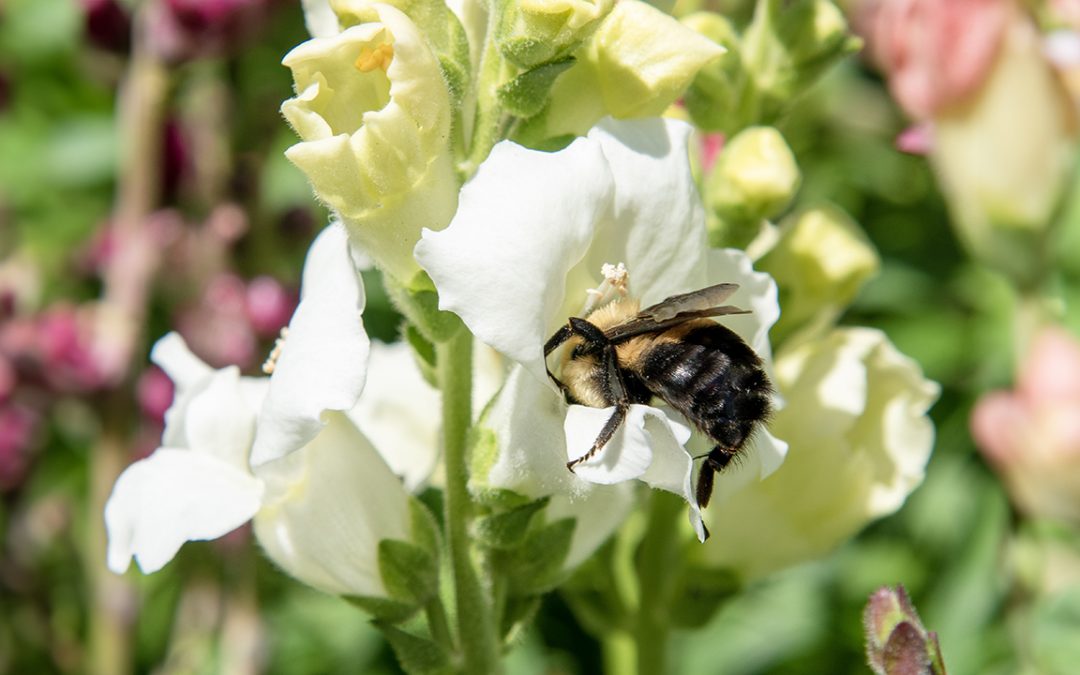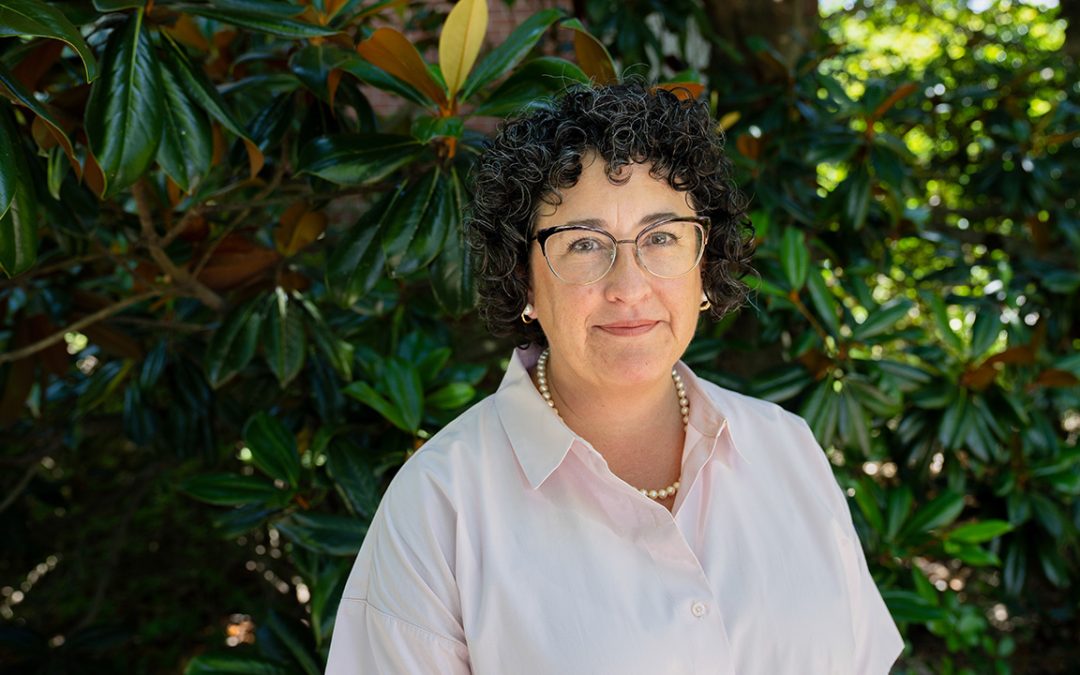Keever reflects on role as Toomer’s oaks spokesman
by JAMIE CREAMER
 The first full week of May brought a return to normalcy in Gary Keever’s life—only it didn’t feel normal. Not yet, anyway, because for the first time in almost two and a half years, the historic oaks at Toomer’s Corner in downtown Auburn weren’t at the top of his priority list. In fact, they weren’t on his list at all. The trees that for decades had symbolized the Auburn spirit were no more.
The first full week of May brought a return to normalcy in Gary Keever’s life—only it didn’t feel normal. Not yet, anyway, because for the first time in almost two and a half years, the historic oaks at Toomer’s Corner in downtown Auburn weren’t at the top of his priority list. In fact, they weren’t on his list at all. The trees that for decades had symbolized the Auburn spirit were no more.
The sorrowful saga of the two cherished and oft-rolled live oaks that frenzied Alabama fan Harvey Updyke maliciously poisoned in December 2010 had ended a few days earlier, on April 23, when the lifeless trees were taken down and hauled away from the corner they had occupied for 80-something years, and as the man who had led the battle to rescue the trees and who had served as Auburn University’s designated Toomer’s oaks spokesman since news of the poisoning broke in February 2011, Keever had some readjusting to do.
“It was on my mind all my waking hours, 70 or 80 hours a week, so do I have an empty spot?” Keever, the Dr. Thomas H. Dodd Endowed Professor in horticulture at Auburn, says. “Absolutely. But it will fill, with time.”
A strong proponent of protecting trees in urban landscapes, a charter member of Auburn’s Tree Preservation Committee, a research scientist and the driving force behind the university’s status as a Tree Campus USA, Keever was nominated to be the media’s go-to man on the oaks at Toomer’s Corner, and the man, who in all his 30 years as an Auburn horticulture faculty member had never been interviewed by a reporter and certainly NOT on camera, said yes.
“I honestly had no idea what that would mean,” he says. “I was thinking probably a two-week whirlwind, maybe talk to a couple of reporters at the press conference, and that would be it.”
He was, of course, seriously mistaken. The story that a crazed sports fan from Auburn’s cross-state rival had intentionally poisoned the Auburn Nation’s two legendary oaks with a powerful herbicide called Spike 80 DF went nationwide and remained in the news off and on to the bitter end.
Keever also headed the 15-member Toomer’s Oaks Working Group, a task force responsible for calling the shots in the fervent fight to pull the trees through. From the outset, though, the group of faculty and industry representatives had known the odds were stacked sky-high against them because of the potency of Updyke’s weapon of choice—Spike 80 DF, a lethal chemical that is absorbed by a tree’s roots and transported to the canopy, where it blocks photosynthesis.
“The herbicide folks told us from the beginning that we’d be wasting our time if we tried to save the trees, but we couldn’t stand by and do nothing,” Keever says. “We said from the beginning that we were going to proceed as if the trees had a chance, and that’s what we did.”
There were times, Keever admits, when he and his colleagues dared to hope, especially as springtime 2012 rolled around and the limbs began filling with buds and leafing out. But the hope was short-lived when tests conducted to determine the photosynthesis level in the oaks’ canopies showed the essential process had flatlined.
“That’s when I knew it was over,” Keever says.
But it wasn’t until a few months later, in August, when pruning crews removed many of the oaks’ brittle and potentially hazardous limbs, that the truth was undeniable.
“When the limbs were removed, all of a sudden, we had something much less of the trees,” Keever says. “That’s when I think everybody knew we needed to think about giving up—no, not giving up, but letting go.”
So it was that this past April 23, three days after tens of thousands of Auburn faithful celebrated the oaks with one massive Final Roll, the two trees that had given the Auburn nation their all, came down. Keever was on the scene when crews began the dismantling.
“I was there the entire time, but I don’t think the emotion of what was happening hit me until I stopped and looked at those two trunks lying across the bed,” Keever says. “The oaks at Toomer’s Corner, in pieces.”
It brought to mind a media moment from months back, when a local TV news reporter had asked when he would know the trees’ time had come.
“I used the analogy of a family pet—at my house, our dogs are family—and she saw where I was coming from,” Keever says. “She quickly understood my association with the trees and why I wasn’t willing to accept until very late in the process that we’d done all we knew to do.”
Though the protracted crusade to save the oaks was taxing and, ultimately, unsuccessful, Keever says the opportunity to work with the news media through the 26-month-long ordeal was invaluable.
“I learned early on that you have to be careful what you say and make sure the media understand what you’re saying,” he says. “And I learned, too, to expect to be misquoted.”
The tale of the Auburn oaks would not yet be over had not Updyke, back in March, pled guilty to poisoning the trees. For the most part, Keever was relieved the case wouldn’t go to trial, but there was a little disappointment there, too.
“I absolutely was looking forward to finding out the details of the poisoning, particularly the when, where, how and how much,” Keever says. “I guess now we’ll never know.”
Before we close the book, though, here’s a little-known fact about the official Toomer’s oaks spokesman: As huge an Auburn tradition as rolling the oaks at Toomer’s Corner is, never once, in all of his 31 years as an Auburn University faculty member, had Gary Keever ever found himself in downtown Auburn celebrating anything by flinging rolls of toilet tissue into the trees.
That changed on April 20, 2013. As throngs of fans gathered to give the beloved oaks one Final Roll, Keever was there. And he was rolling.
“The Final Roll was my first, and probably my last, rolling,” Keever says. “The Last Rolling was something special, completely separate from football or any other sporting event, and I relished the celebration and its significance. It was a celebration, not of winning a football game, but of a tradition that forever will be uniquely Auburn’s.”




